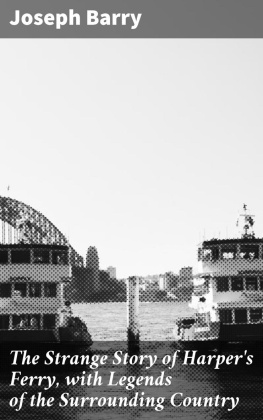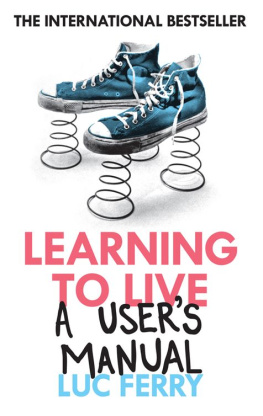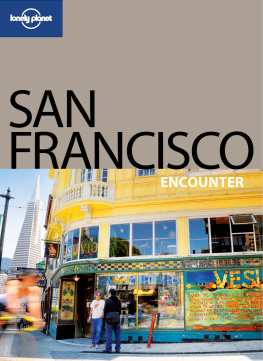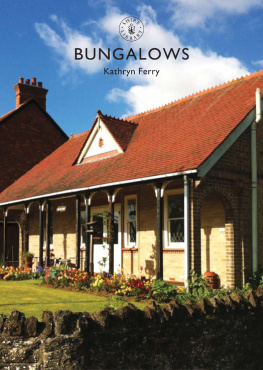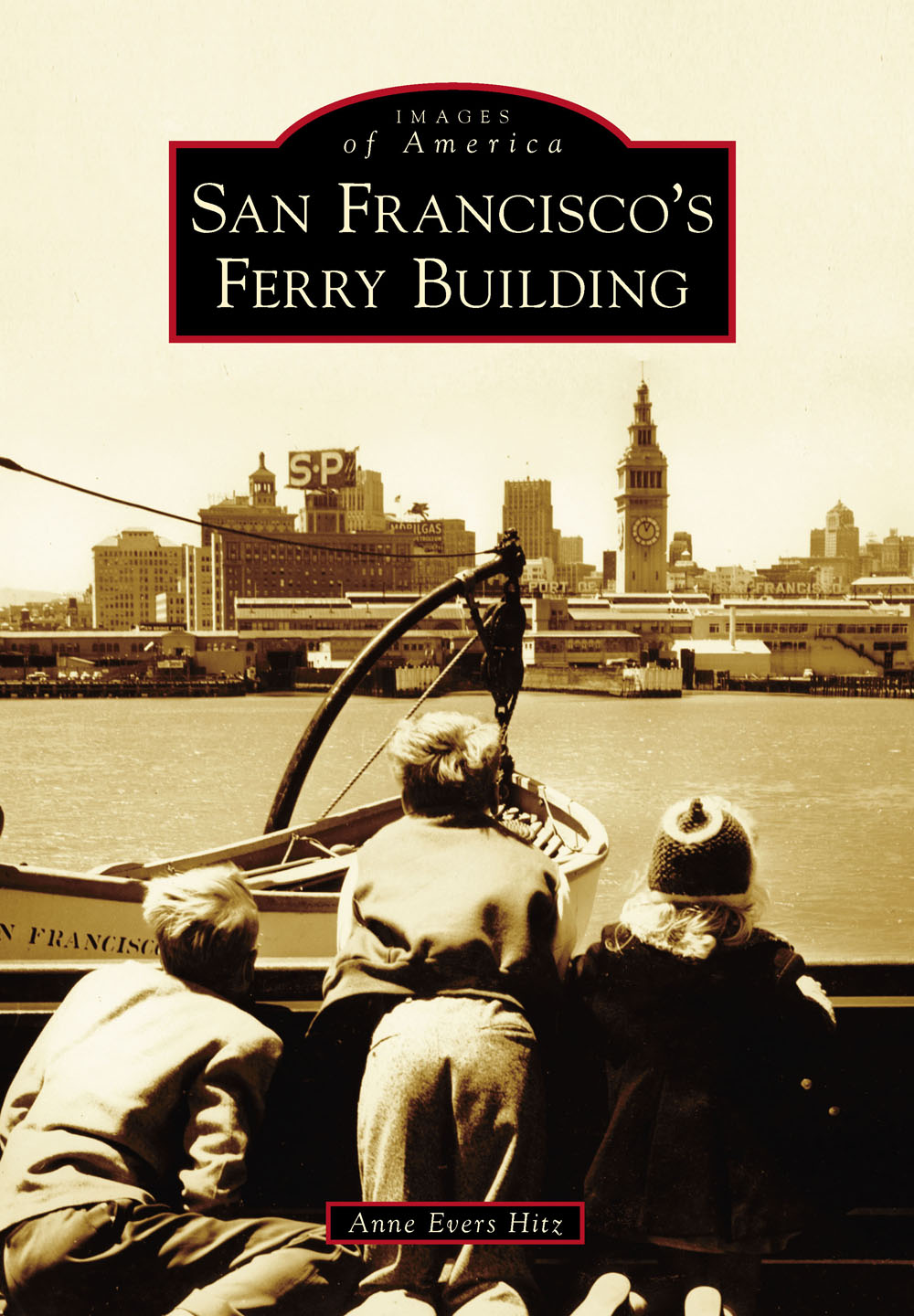
IMAGES
of America
SAN FRANCISCOS
FERRY BUILDING

The No. 1 California streetcar, pictured here in 1908, left the Ferry Building a few times a day with sightseeing groups, stopping along the way for views. It went as far as the Cliff House at the western edge of the city, and then it looped back to the Ferry Building, all for 50. (Photograph by John Henry Mentz, San Francisco Municipal Transportation Agency Photography Department and Archive.)
ON THE COVER: The Ferry Building stands tall on the San Francisco skyline, welcoming the incoming ferry. The very visible SP sign sits atop Southern Pacifics building on the waterfront. There is lots to watch as the ferry approaches its slip, and the children do not want to miss any of the action. (San Francisco Maritime National Historical Park, B09.35767n.)
IMAGES
of America
SAN FRANCISCOS
FERRY BUILDING
Anne Evers Hitz

Copyright 2017 by Anne Evers Hitz
ISBN 978-1-4671-2626-7
Ebook ISBN 9781439661840
Published by Arcadia Publishing
Charleston, South Carolina
Library of Congress Control Number: 2016961559
For all general information, please contact Arcadia Publishing:
Telephone 843-853-2070
Fax 843-853-0044
E-mail
For customer service and orders:
Toll-Free 1-888-313-2665
Visit us on the Internet at www.arcadiapublishing.com
To Edwina and Bill. Thanks to you I had the good fortune to be born in San Francisco. Your atta-girl support helped me find my true north.
ACKNOWLEDGMENTS
So many people have helped me along the way. Kudos to my husband and kids, who listened to my endless tales of searching for Ferry Building photographs and historical documents. The patient librarians, historians, image archivists, and photographers who answered my many questions and helped me deserve a thanks as well: Christina Moretta, San Francisco History Center, San Francisco Public Library; Gina Bardi, San Francisco Maritime National Historical Park (SFMNHP); Katy Guyon, San Francisco Municipal Transportation Agency Photography Department and Archive (SFMTA Photo Archive); Allan Fisher, Western Railway Museum; Mark Paez and Renee Martin, Port of San Francisco; Kathleen Correia, California State Library; Tom Paiva Photography; Neil Malloch; Bonnie Fisher and Boris Dramov, ROMA Design Group; Cathy Cooke; and City Guides Mary Miller and Charlton Schwartz.
I would also like to gratefully acknowledge the permission granted to reproduce the copyrighted material in this book. Every effort has been made to trace copyright holders and to obtain their permission for the use of copyrighted material. I apologize for any errors or omissions and would be grateful to be notified of any corrections that should be incorporated in future reprints or editions of this book.
INTRODUCTION
San Francisco, a city of fog, rolling hills, and cable cars, is perched on the north end of a peninsula, surrounded by the water of the San Francisco Bay and the Pacific Ocean. The Ferry Building, a bustling city landmark, sits grandly on the Embarcadero at the foot of Market Street, overlooking the bay, and welcomes thousands of locals and tourists daily. In its most recent incarnation, the Ferry Buildings busy market/food hall features vendors selling locally sourced produce and artisan goods, and upstairs are the second-floor Grand Nave and two floors of prestigious office space, with a 660-foot skylight allowing light to shine down on all the floors. Above it all, the Ferry Buildings tower stands tall on the waterfront, an iconic San Francisco view at the entrance to one of the worlds best natural harbors.
But this building, so much a part of San Franciscos history and social fabric, has not always been so elegant and busy.
After San Franciscos explosive growth during the Gold Rush in the late 1840s, the once-sleepy town became a bustling port, and entrepreneurs abounded. San Francisco had been changed forever as the news of the discovery of gold in 1848 brought over 300,000 people to California from all over the world, and California became a state in 1850.
The port was chaotic, and the increase in ferry passengers required a fitting building. The original Ferry House, the first ferry depot, was completed in 1875, but it took a mere 10 years for the traffic to exceed the buildings capacity. San Francisco decided to build something that befitted its new position as the gateway to the West.
A bond measure passed in 1892, and an aspiring young architect, A. Page Brown, was hired. The current building officially opened to great fanfare on July 13, 1898. As a reporter noted in the San Francisco Chronicle on January 11, 1895, The design of this building is one combining simplicity with quiet elegance. Yet the ensemble is impressive. It is of the Italian Renaissance period and certainly compares more favorably with the great structures of similar character in the eastern states and Europe. Too much praise cannot be accorded to the architect, A. Page Brown, for the originality, the cleverness and the skill he has shown in his work.
For the next three-plus decadesbefore the Oakland-San Francisco Bay Bridge and the Golden Gate Bridge openedcommuters and tourists relied on ferries. After taking a ferry from San Francisco, a traveler could catch a train in Oakland to faraway places, or a commuter might board an electric train in Alameda or Sausalito to get home. In the early 1930s, about 50 million commuters and visitors passed through the Ferry Building annually. Riding the ferry was a way of life; an efficient, relaxed, and congenial way to pass the time. Compare that to automobile commuters today, frustrated when trying to get home and stuck in their cars on a bridge on-ramp in rush-hour traffic.
In the late 1930s, with the ushering in of the era of the automobile and the opening of the two bridges, the Ferry Building lost its purpose. At the lowest point, in the late 1950s, it was cut off from the rest of downtown by the controversial double-decker Embarcadero Freeway. Inside the building, the soaring expansiveness of the nave was cut in half when an extra floor was added to increase office space. It was forlorn and forgotten, cut off by the freeway from the financial and downtown district it used to serve. Many plans were proposed to revitalize the waterfront, including tearing down the Ferry Building and just leaving its tower between two enormous high rises. As local reporter Carl Nolte noted in the San Francisco Chronicle on June 9, 2000, For a landmark, the Ferry Building has been treated pretty shabbily. In fact, its been nearly all downhill since that great day when the Bay Bridge opened. Although San Franciscans loved the building, it had lost its usefulness.
I cant think of any landmark Id fight harder to save, San Francisco Chronicle columnist Herb Caen wrote December 30, 1962. When its aglow at night, its warm light shines all the way back to the (1906) earthquake... and to its days of glory as the gateway to the enchanted city....
The bay without ferries is like a lake without swans. And the waterfront without the Ferry Tower would be like a birthday cake without a candle.
However, in 1989, when the Loma Prieta earthquake struck, Mother Nature delivered an unexpected benefitdespite the widespread destruction and loss of lifeby damaging the freeway and giving the city the opportunity to reimagine the waterfront and the purpose of the iconic building. After much political wrangling, the freeway removal began in 1991 and plans were put in place for a new waterfront and a revitalized Ferry Building.
Next page

